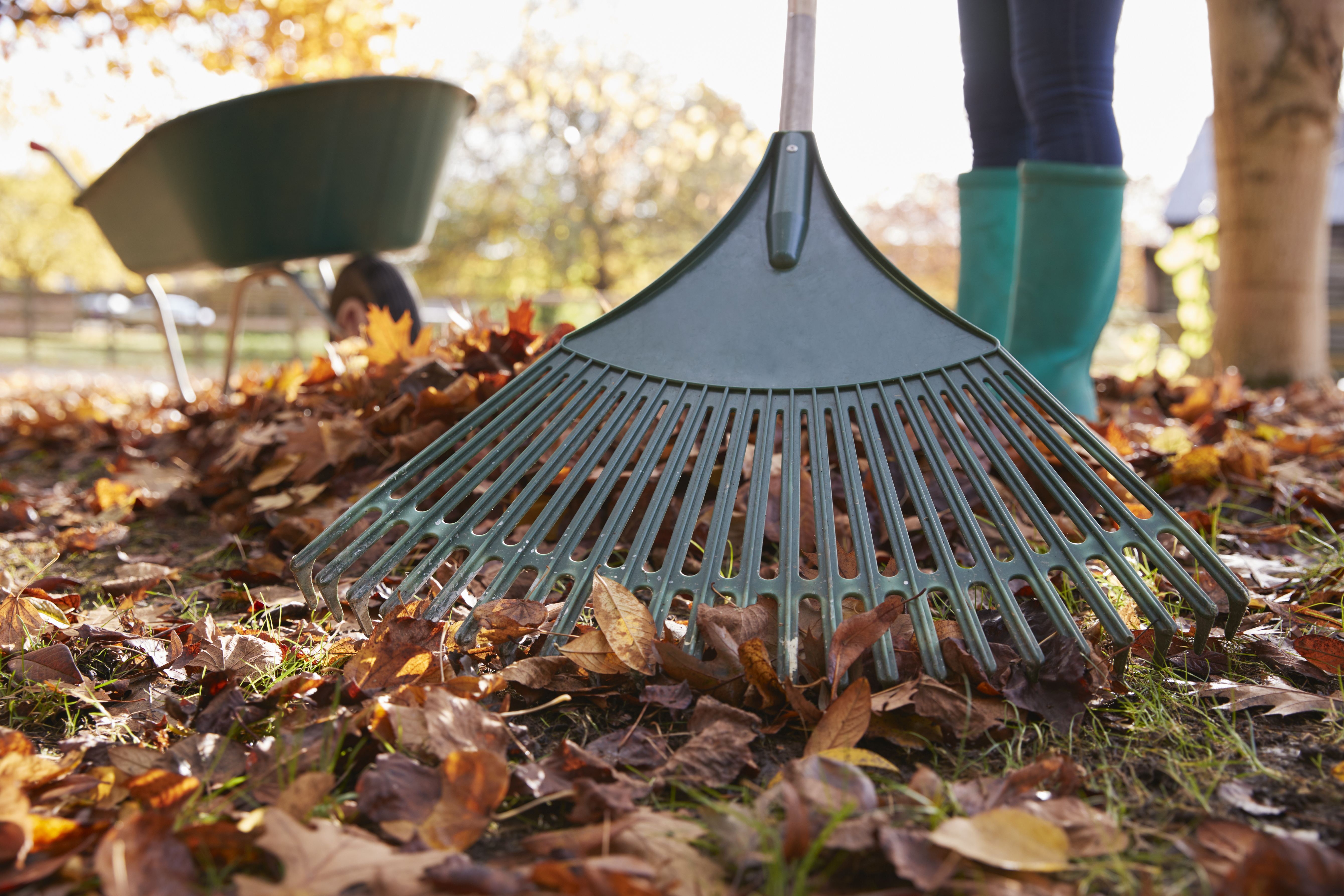Fall is the best time for lawn care

Pay attention to your lawn this fall to give you healthy grass next spring. Here are some suggestions from Ramsey County Master Gardeners:
Sample your soil
Fall is an ideal time for soil sampling. A regular soil test with the University of Minnesota costs $17 and will provide you with the following information: total organic matter, phosphorus, potassium, pH – lime requirements and estimated soil texture. By investing in a soil test, you receive valuable fertilizer recommendations for your lawn. You will also save money by not buying needless nutrients. For more information and forms, go to the University of Minnesota Soil Testing Laboratory.
Keep mowing
Continue mowing to maintain 3-inch grass height. This shades out weeds, keeps the soil cool, and helps strengthen root systems. Mowing too short weakens the grass plants and encourages weeds to sprout. Be sure to remove no more than 1/3 of the grass height at any single mowing. Ideally, you should have a mulching mower that leaves the clippings on the lawn, provides nutrients from the clippings, and reduces your fertilizer needs.
Aerate the soil
Constant traffic on our lawns compacts soil, especially if it is heavy textured or clay. This makes it harder for oxygen, water and added nutrients to reach the roots. Root growth is slowed. If you have trouble pushing a pencil into the soil, then it is too compacted.
Late August to mid-October is an ideal time to aerate your lawn. Gas-powered, walk-behind aerators are available for rental. Reduce costs by sharing with neighbors. These are rugged, heavy machines and you may find it helpful to hire someone to do the job. The aerator removes plugs, dime-sized in diameter and a few inches long, from the soil and drops them on the lawn. Make passes in two directions, so that the resulting plug holes are a few inches apart. Do not rake or remove the soil plugs; soon enough they will break down and re-enter the soil. Depending on soil structure and lawn use, aerating can be done every 1-5 years. Note that spikes attached to the soles of your shoes are not useful for aerating soil.
Dethatch if needed
Thatch is a layer of tightly interwoven living and dead grass that can build up just above the soil line. It can become a home to lawn diseases and harmful insects. To check for thatch, remove a 2-inch-deep, pie shaped wedge of lawn. If you measure greater than a half inch of thatch, it is a problem. Thatch can be removed by using a rake designed for that purpose and a lot of work. A mechanized, vertical mower is much easier and faster to use.
Control weeds
Perennial lawn weeds can be removed by digging or by spot treatment with an herbicide for broad leaf weeds. Be careful to read the manufacturer’s label completely, to follow instructions carefully, and to wear adequate personal protective clothing when using any garden chemical.
Keep watering
Keep watering your lawn through the fall months, as needed. There is root growth until the ground freezes.
Fertilize
Fertilizing can be done from early August to mid-October. Fertilizers will provide nutrients for good root growth this fall and for spring growth. Use phosphate-free fertilizers. Water the lawn for 1-2 hours after applying fertilizer to soak in the nutrients.
Plant grass seed
Seeding can be done from early August to late September. You can still plant sod until late October. Another fall seeding method is called dormant seeding. This is best done from Late October to mid-November. The seed stays dormant over the winter and sprouts in early spring as soon as the weather warms. Remember to read the labels on your grass seed bags and know what you are buying. Check out the University of Minnesota Extension website for lawn categories and recommended seed mixes.
Rake leaves
A small layer of leaves on the lawn can be mowed and left in place to decompose. A large amount of leaves can mat down, get soggy, smother and damage the lawn. Remove excess leaves to compost or bring them to a Ramsey County yard waste site. Raking leaves into the street is usually illegal and can cause leaves to end up in the storm sewer system. Leaves are rich in nutrients and sending them to our beautiful Minnesota waters is much like pouring pure chemical fertilizers into the system.
Put away tools
At the end of the season, clean all your equipment before putting it away. Winterize your lawn mower by draining the oil, changing the sparkplugs, cleaning the air filter, and inspecting for damage. You can bring used oil to a Ramsey County household hazardous waste collection site. Also sharpen the mower’s blades. When freezing weather returns, turn off your garden water system and drain all irrigation pipes.
Find additional lawn care tips on the University of Minnesota Extension website, using the “Search Extension” feature.